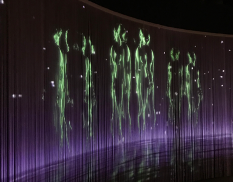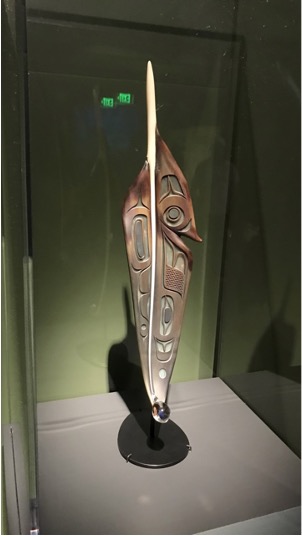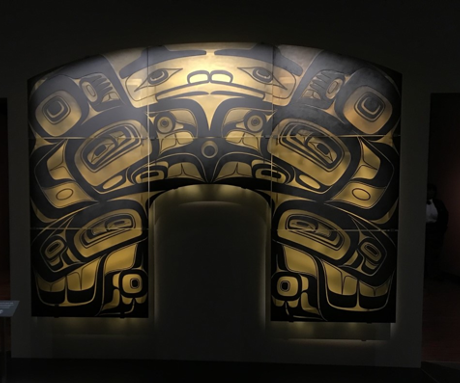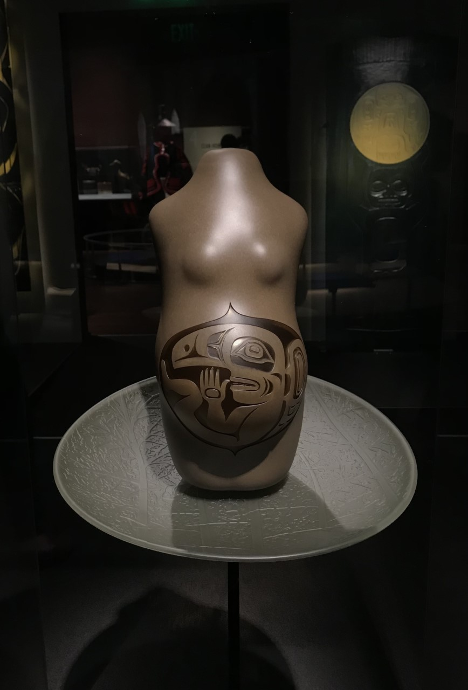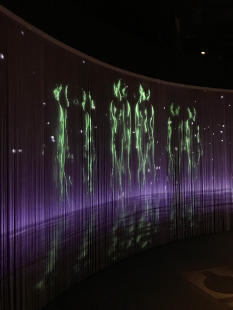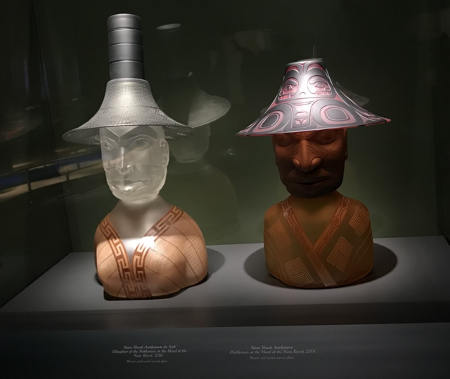A Trip to the National Museum of the American Indian
By Ryan Reinhardt
The history and culture of indigenous communities is often overlooked both in America and around the world. Unfortunately, the devastation and destruction of native societies through the practice of colonialism is rarely recognized, even as the impacts continue to this day.
Important cultural elements of these societies are often turned into stereotypes, and they are only deemed meaningful and significant when they can be used to benefit their oppressors.
With this perspective in mind when I was presented with the opportunity to go on a trip to Washington D.C., The National Museum of the American Indian was a fitting destination.
This museum provided me with an incredibly educational experience. I was able to admire Native American pottery, learn about the Battle of Greasy Grass, see how children were raised in native societies, and understand the treaty violations carried out by the American government.
An exhibit in the museum also taught visitors a Tlingit (Indigenous peoples from Southern Alaska) story about how the raven became black and how light came into existence.
The exhibit, titled Preston Singletary: Raven and the Box of Daylight, featured glass figures and was accompanied by panels where visitors could read this meaningful story. This story has been passed down orally for generations before being transcribed. This has created inconsistencies between stories, which have been corroborated in this exhibit.
This exhibit was incredibly immersive as it presented a creation story that is not as widely known through a unique format, which was very moving. Being able to observe a story of creation from another culture is an intimate experience as it allows one to better understand the values and beliefs of a particular society.
Without the immersive music and lighting, it is hard to fully experience the artwork, but some pieces from the exhibit are shown below.

